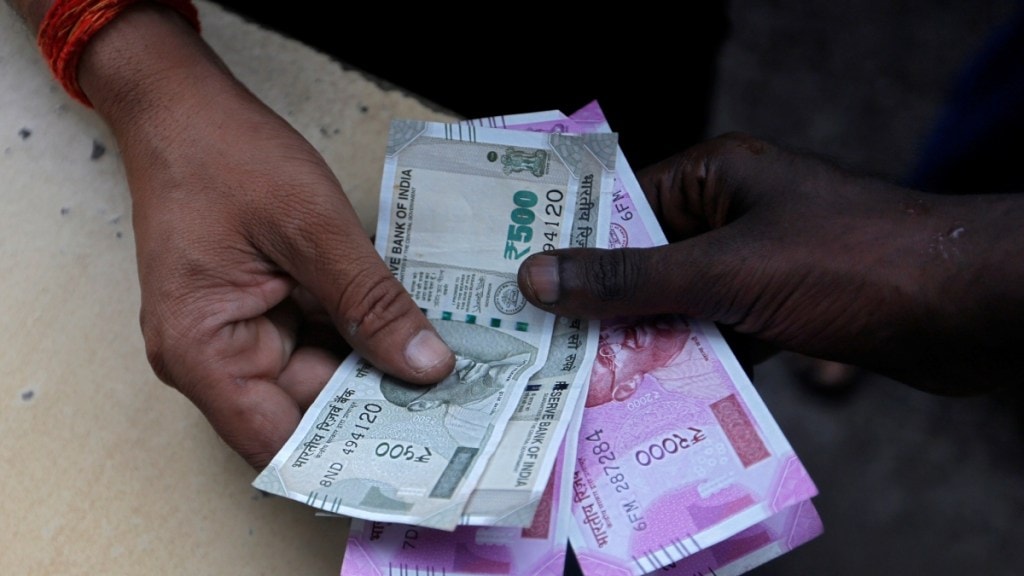By Alok Mittal
MSMEs form the backbone of Indian economy, contributing over 30% of GDP, 45% of exports and employing over 110 million people. However, only about 15% of MSMEs have access to formal financing. Over the past 5 years, digital lending through fintech and technology-led NBFCs has been a key driver to growth in credit penetration. As per a recent report by Experian, fintechs enabled about 48% of the business loans under Rs 1 lakh in 2023.
While technology has provided with solutions around access, operating efficiency and credit discrimination, the supply of funds to new-age lenders has been constrained. Repeated liquidity crunches in the past five years have constrained the ability for MSME businesses to take advantage of the advances in the technology capabilities. Recognising this gap in the potential versus realisation, the Reserve Bank of India introduced the co-lending structure a few years ago.
The initial version of co-lending, now called “Co-lending Model 1” entailed a high-friction process requiring the customer to be onboarded with two lending entities simultaneously. This was subsequently refined for the purpose of priority sector lending, including MSME lending. Under the new CLM2 arrangement introduced in 2000, the customer can be onboarded just once on the front-end NBFCs stack, and up to 80% of the lending capital can still be contributed by a banking partner. CLM2 has been a key regulatory innovation which has the potential to combine the best of fintech NBFCs (in terms of technology based, efficient operating infrastructure) with the lower cost of funds in the banking system.
Post the Covid pandemic, MSME lending activity using the CLM2 model has gained significant traction. The initial hurdles around this were acceptance by market participants as well as lack of common technology platforms to enable co-lending workflows. Both hurdles have been progressively overcome, with a set of integrative platforms now available in the market. Most large banks have deployed one or more of these platforms to power their co-lending activities.
As compelling as this innovation is, there are opportunities to amplify the impact further so that millions of entrepreneurs in India can be benefitted and the policy makers’ goals around credit inclusion are met. One key constraint to the growth of co-lending acceptance, especially in unsecured MSME loans, has been the NBFC credit rating criteria that public sector banks have maintained in relation to such partnerships. This is borrowed from their NBFC lending practices but fails to recognise that unlike in lending to NBFCs, the bank does not assume the entity risk of the NBFC in a co-lending model. The underlying profile of the borrowers, and hence the credit risk, can indeed be selected as per the bank’s appetite. Thus, there is no intermediary risk that arises out of customer selection, balance sheet vulnerability, and the like. The servicing and collection risk can be easily mitigated through appropriate structuring of responsibilities. Hence, banks have an opportunity to focus on the operational processes of partner NBFCs rather than on their credit rating. This simple change will multiply the supply of capital to MSMEs, at the same time providing additional growth opportunity to the banks.
The second key area of intervention would be a clear demarcation of unsecured consumption lending activity, which has seen high growth and credit quality concerns on part of the regulator, from business lending that is inherently deployed for growth and productivity enhancement. While both the forms of lending are unsecured, the inherent purpose and hence the economic outcomes are quite different. As the regulator and the industry develop suitable guardrails around unsecured lending, it will be important not to throw the baby with the bathwater. This calls for recognition of MSME lending as a distinct class of lending activity, and encouraging it on its own merits.
Finally, given that the co-lending models have now been validated, there is merit in considering opening up NBFC-to-NBFC co-lending under CLM2 for priority sector lending. The initial construct of NBFC-to-Bank co-lending is based around differential access and costs of funds between the two. The same is true in case of disparate kind of NBFCs-big and small, young and seasoned. Opening up NBFC-to-NBFC co-lending will create more efficient and sizable capital flows to MSMEs.
Digital lending is coming of age. And with that, it holds the promise to help realise the potential of millions of Indian entrepreneurs. Co-lending regulations have provided the necessary regulatory architecture to enable flow of capital along digital channels. It is time to seize the opportunities created by these interventions. Both the industry participants and the regulator will play a critical role in ensuring that this innovation moves the needle significantly in evolution of Indian MSMEs.
The author is Co-founder and CEO of Indifi
Views are personal


